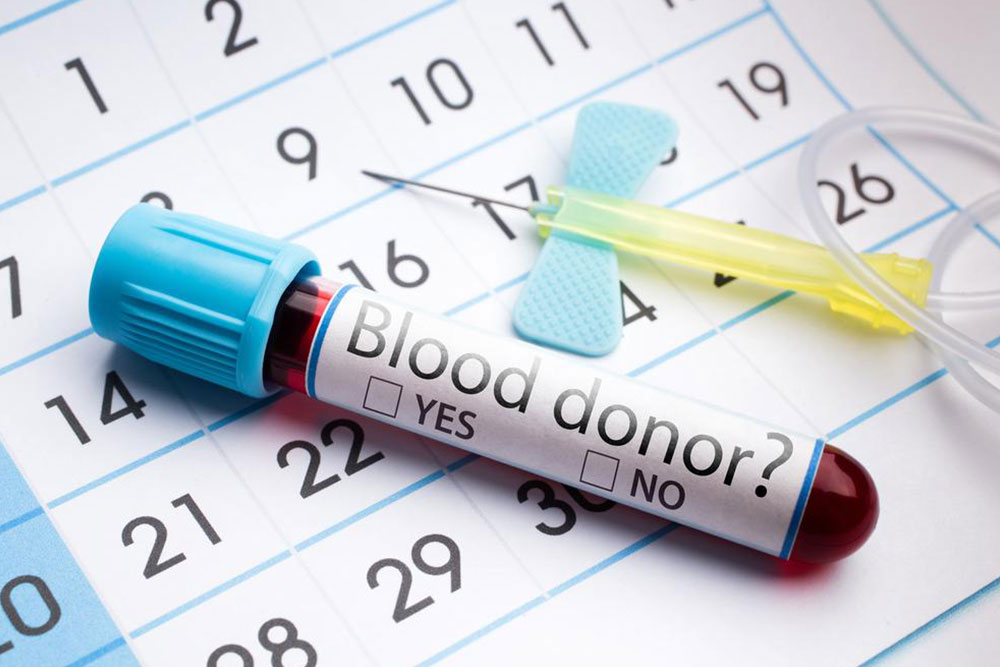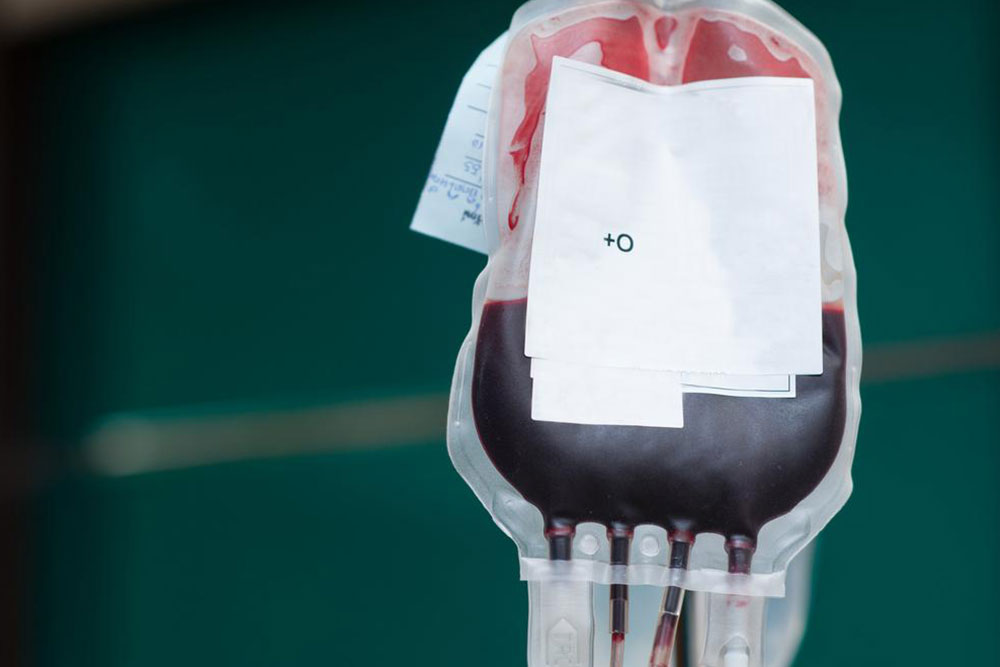Comprehensive Guide to Umbilical Cord Blood Banking
Explore the essentials of umbilical cord blood banking, including collection methods, storage options, and medical benefits. Learn how stem cells from cord blood can be lifesaving for future treatments. Discover the process, advantages, and critical considerations for parents. This guide provides valuable knowledge about cord blood and tissue preservation, helping families make informed decisions for medical preparedness.

Understanding Umbilical Cord Blood Banks
Umbilical cord blood is the blood stored within a newborn's umbilical cord. It is rich in stem cells capable of generating blood vessels, tissues, and organs. Cord blood banking involves collecting this blood right after birth and preserving it for potential medical treatments in the future. These stem cells are potentially lifesaving in various medical scenarios.
Parents have two main choices: donating their baby's cord blood to a public bank for community use or storing it privately for personal future use.
Collection is performed immediately after birth, and the process is painless. The steps include:
Clamping and cutting the cord
After delivery, whether vaginal or cesarean, the umbilical cord is clamped and severed. A brief delay (up to a minute or two) can be allowed for delayed cord clamping. However, longer delays may cause blood clotting in the cord, making it unusable for collection.
Harvesting the cord blood
A needle is inserted into the umbilical vein close to the placenta to draw approximately 100-150 ml of blood into a collection bag.
The extraction process takes less than 10 minutes. The collected blood is then transported to a processing facility where it undergoes testing, processing, and cryogenic preservation for long-term storage. Some banks also offer the option to collect umbilical cord tissue, which contains different types of stem cells than those found in cord blood.
Cord blood is a vital source of hematopoietic stem cells—essential building blocks for blood and immune functions. These cells can help repair damaged tissues, organs, and blood vessels, making them valuable for treating numerous health conditions.
For patients with terminal illnesses or recurring diseases, stem cell transplants from cord blood can restore health. These transplants are more compatible than other sources, as cord blood stem cells are less likely to be rejected during transplantation.








